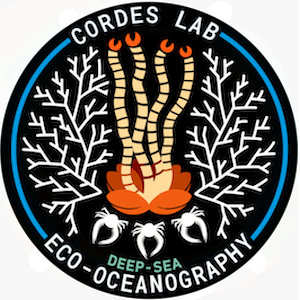Lophelia II 2010: Oil Seeps and Deep Reefs (BOEMRE and NOAA-OER)
15 Oct – 4 Nov 2010
R/V Ron Brown and ROV JASON II
NOAA Ocean Explorer
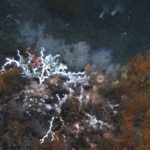
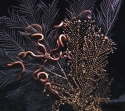
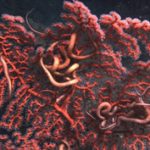
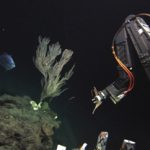
Our 2010 cruise was quite successful! We embarked from Pensacola, FL on the NOAA Ship Ronald H Brown using the remotely operated vehicle JASON II (WHOI). We completed 17 dives at 250-2500 m depth in 15 lease block areas in the Gulf of Mexico, focusing on coral and associate collections for community, genetic, and physiological studies. One exciting discovery included what appears to be the densest Lophelia pertusa reef area within the entire Gulf. A WWII casualty, the Gulf Oil, which was a U- boat shipwrecked in 535 m of water, was completely covered with white, live Lophelia bushes. We also visited a methane gas hydrate observatory in the Mississippi Canyon area ca. 890 m depth, noting an abundance of red crabs (C. quinquedens), ice worms (Hesiocaeca methanicola), Madrepora sp., and Paramuricea sp. The last dive that we made during the cruise was at a site 7 mi from the Deep Water Horizon. We found a large Madrepora reef area with numerous red crabs, and a carbonate slab covered with Paramuricea and Paragorgia spp. Unfortunately, most of the coral colonies were covered with brown material and were either dead or dying. We even observed tissue sloughing off the coral skeletons. You can see some of the extensive coverage of this particular dive in the New York Times and Nature. In addition to our successful dives with the JASON, we completed several CTD casts throughout the Gulf for our ongoing aragonite saturation studies. We also retrieved sediment traps and current meter moorings that have been deployed in the Gulf since our 2009 cruise. We met all of our objectives on the cruise this year, putting us one step closer to better understanding the spatial and temporal connections of deep-sea species and their tolerance thresholds to environmental factors in the Gulf of Mexico.
